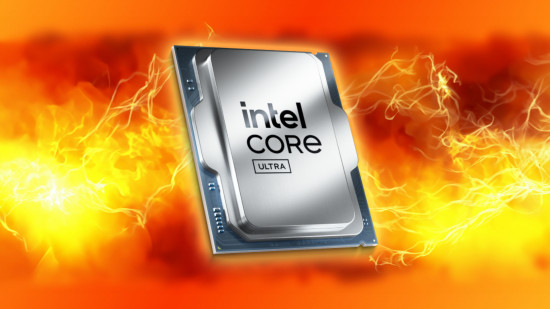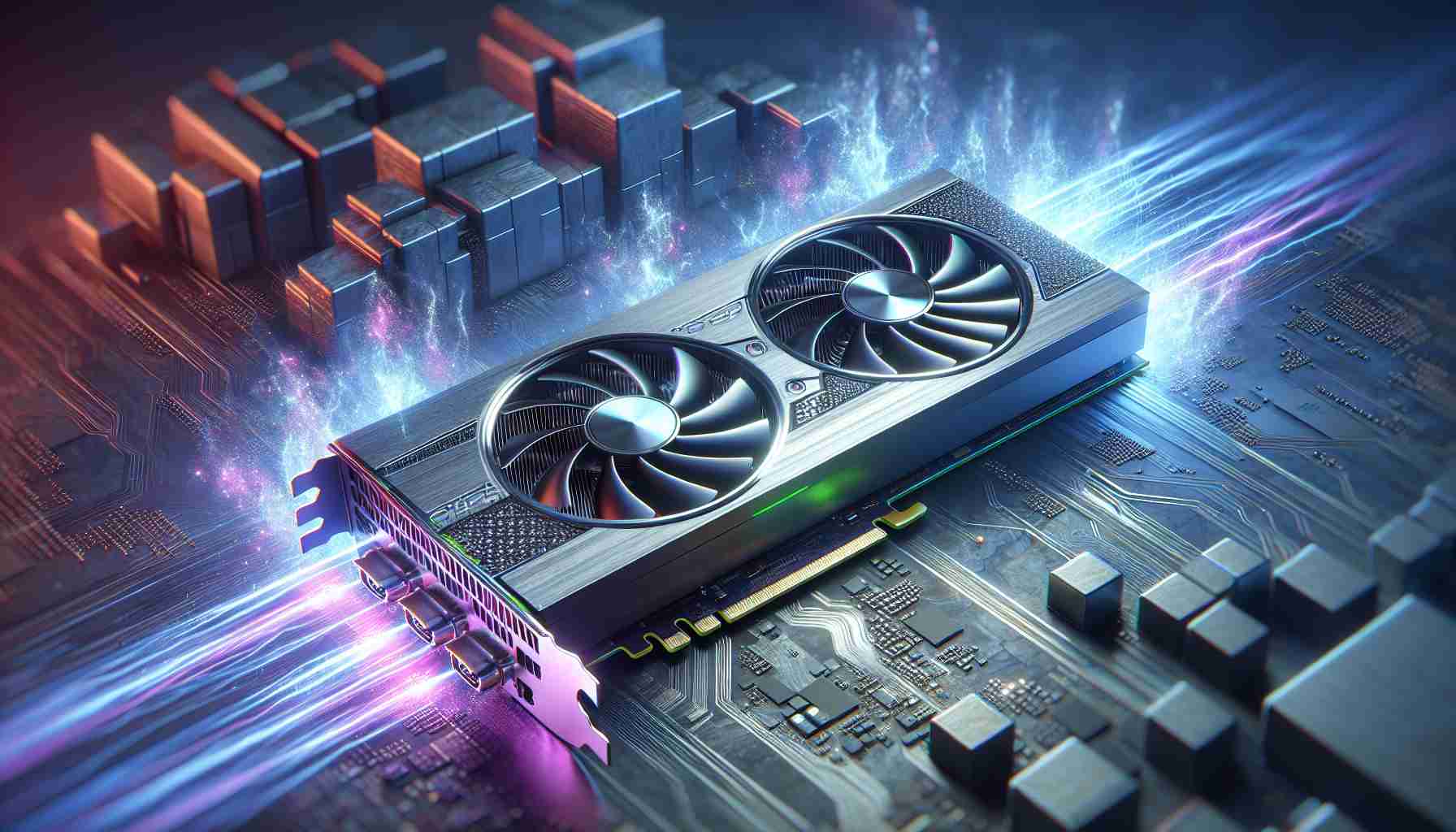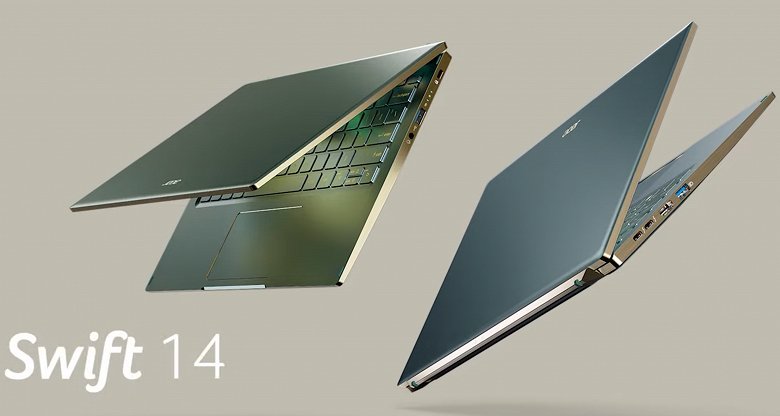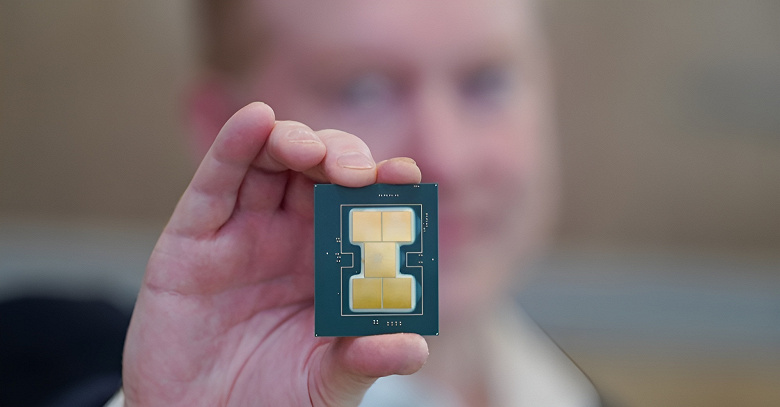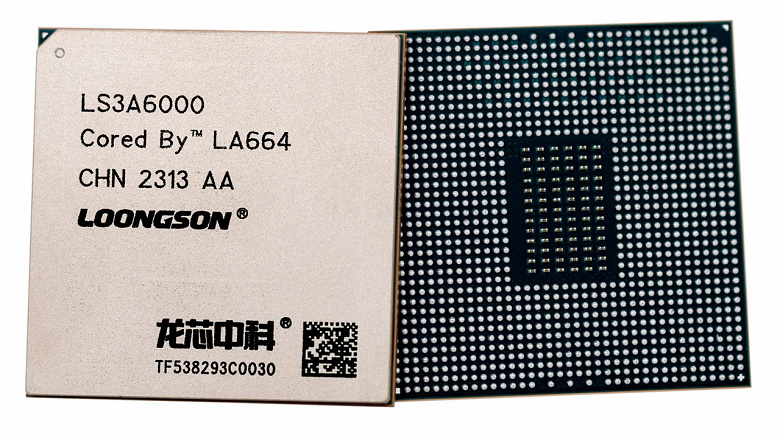By the close of trading, Intel shares exacerbated the depreciation to 16%
Immediately after the publication of Intel’s quarterly report, the company’s stock price fell by 9%, but by the evening the drop had worsened to 16%. AMD shares all this time moved mirrored upward, they ended Friday with a 16% rise. TSMC also won, while shares of Intel suppliers were expected to fall in price.

